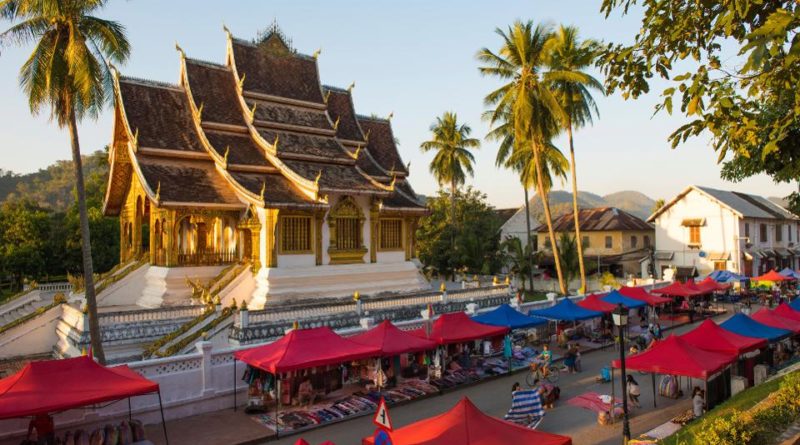COVID-19 Pandemic Severely Impacts Lao Economy: ADB
Source: Vientiane Times
Although Laos was able to dodge severe health impacts from the COVID-19 pandemic, the effect on the country’s economy, particularly on the tourism sector, is being projected to be devastating.
According to the Asian Development Bank (ADB)’s survey finding, about half of the surveyed enterprises were temporarily closed in May 2020. About 70 percent of these enterprises had reduced employees, with employee numbers falling by 38 percent.
The negative impact was larger among enterprises that target international guests and some 78 percent of such enterprises were closed in Luang Prabang World Heritage Site, according to the ADB.
The ADB conducted two surveys of tourism enterprises in four of the major tourism destinations of Laos. The first survey was conducted in August 2019 with 366 enterprises and a follow-up survey of 327 enterprises was carried out in May 2020.
Respondents did not only cite lack of working capital as a major obstacle to continue or resume their businesses, but they are also reluctant to borrow from financial institutions, and alternatively preferred fiscal support measures such as tax relief and cash transfers, according to the ADB.
In addition, the respondents strongly supported improved COVID-19 screening at the border to protect public health, and build consumer confidence.
Prior to the start of the virus epidemic, tourism was growing significantly in Laos. International visitor arrivals went up by 14.4 percent, reaching its peak of 4.7 million in 2019 and generating income of about US$934 million.
Basically, Laos had set a target of 5 million foreign visitors in 2020 but the global health and economic crisis resulted in severe travel restrictions and a widespread slump in the country’s tourism industry.
The largest number of foreign visitors in Laos mainly come from Thailand, representing 45 percent of the total international tourists in the country in 2019. The figure followed by China (21 percent), Vietnam (19.3 percent) and the Republic of Korea (21.3 percent).

Say goodbye to sugar and calories, and hello to fresh sparkling hydration at home or on-the-go !
The boom in tourism industry took place as Laos implements its open policy, notably open tourist visa policies to connect physically with the rest of the Asean member countries.
Laos is a signatory to the Asean Framework Agreement on Visa Exemption, allowing Asean nationals a visa-free entry for 14–30 days.
Since tourism is a main income earner for Laos, the impact from coronavirus outbreak on the tourism sector brings huge impacts on Lao economy, triggered by travel restriction and nationwide lockdown, disrupting economic activities and the inflow of international visitors and investors.
The impact of the virus is more severe in Luang Prabang and Vangvieng tourism destination in Vientiane province, where tourism enterprises mainly target international and leisure tourists, than in the other two destinations.
In Vientiane, where many enterprises were still operational, about 65 percent had cut down on their employees. In Luang Prabang and Vangviang, more than 80 percent of these enterprises had cut back more than 50 percent of their employees, according to the ADB.
According to a survey by the United Nations World Tourism Organisation Panel of Experts, domestic demand is expected to recover faster than international demand. Experts expect to see signs of recovery by the final quarter of 2020, but mostly in 2021.


